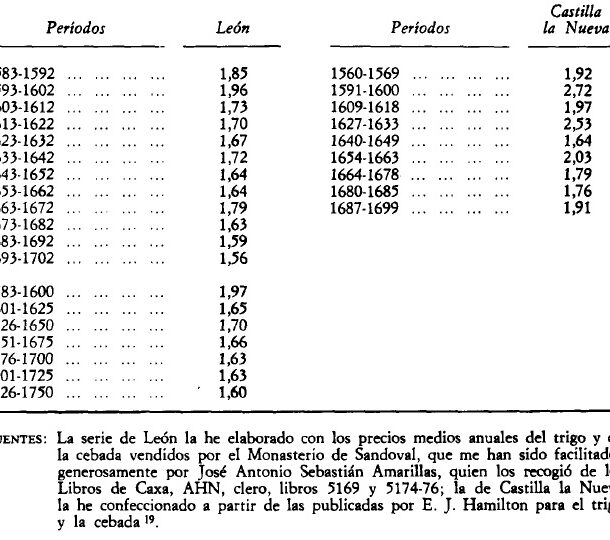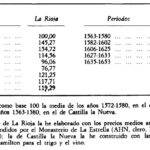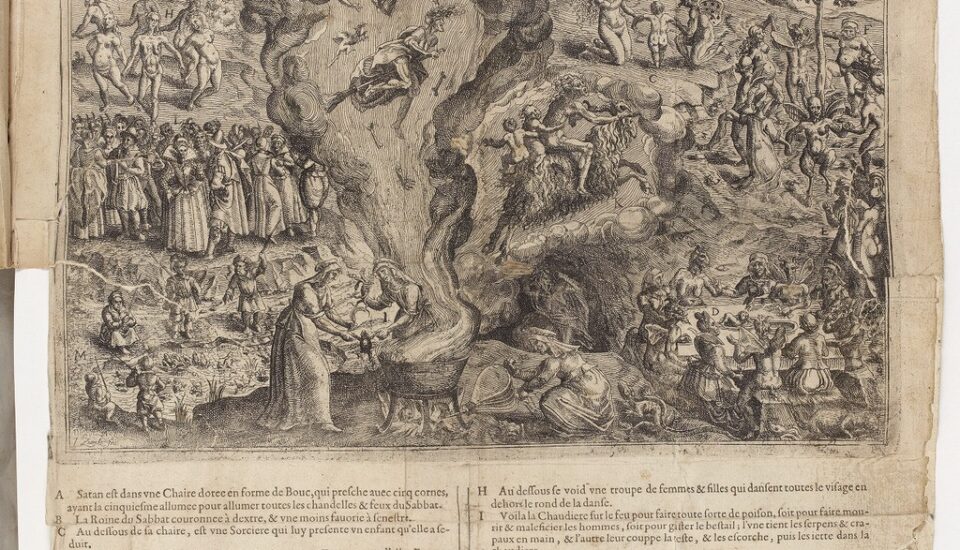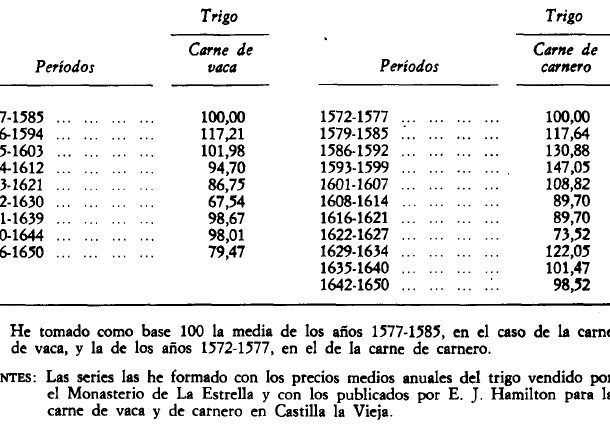
Different considerations have been made about the evolution of the Spanish economy during the 17th century, in which the existence of a generalised and prolonged crisis in the Spain of the misnamed minor Habsburgs was acknowledged. However, during that period the number of active people did not fall, agricultural production had precisely to register a downward trend, where there was a “hidden unemployment” and the decrease in the cultivated area allowed the average quality of the cultivated land to improve and the breeding of livestock to expand. In this sense, it would have to be admitted that in Castilla la Nueva the trend in relative prices not only justified the planting of vines on “bread and butter” land during the first half of the 17th century, but encouraged just the opposite. The Rioja wine price series is much more reliable, as it relates the prices achieved on the market for a homogeneous product. In the period 1618-1628, the behaviour of the terms of trade significantly encouraged the planting of vines at the expense of arable land. In the first half of the 17th century, the movement of prices did not cause a significant change in the composition of the agricultural product, tending to increase the share of wine at the expense of cereals.
Collection: Statistics
Project: 2. Social and economic impact of technological revolutions in Europe., 3. Rural world and urban world in the formation of the European identity.
Chronology: XVII
Scope: Secondary Education, Baccalaureate, University
Resource type: Statistics
Format: Table
Source: Llopis Agelan, Enrique, «El agro castellano en el siglo XVII: ¿depresión o “reajustes y readaptaciones”?», Revista de Historia Económica, Journal of Iberian and Latin American Economic History, 4, 1 (1986), pp. 11–37
Language: Spanish
Date: 1986
Owner: Álvaro Romero González (Modernalia)
Copyright: © Enrique Llopis Agelan, © Revista de Historia Económica
Abstract: Comparative price of wine and wheat in Golden Age Spain
Image
Tags








